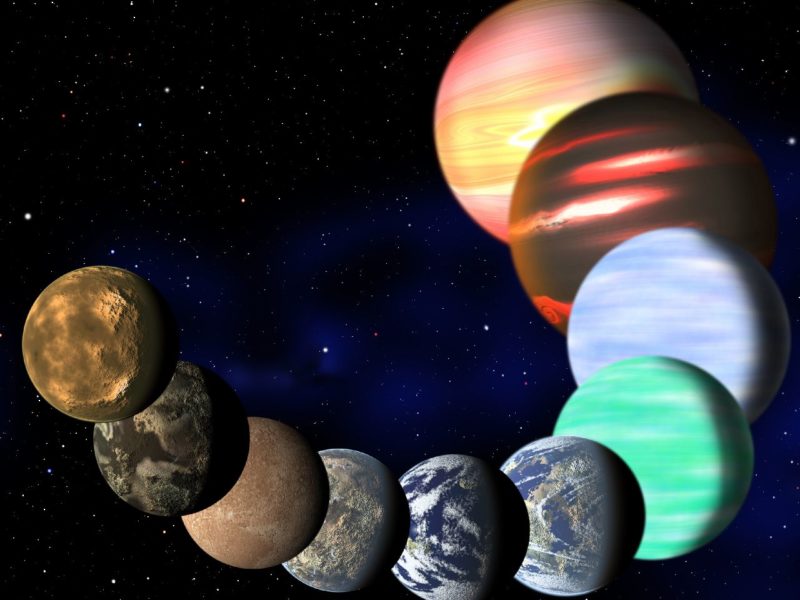Toronto, Canada – Scientists in the Canadian Rockies have unearthed the fossil of a tulip-shaped creature from the Middle Cambrian Burgess Shale. This bizarre animal, officially named Siphusauctum gregarium, inhabited oceans more than 500-million years ago and is about the size of a dinner knife. The most baffling feature of the creature is its unique feeding system. Siphusauctum gregarium has a long stem topped by a bulbous structure near the top that encompasses a filter-feeding system and stomach cavity. Scientists believe that the animal fed by filtering particles from the water through this system. While many of the animals found in the Burgess Shale are members of the primate family, researchers do not yet know where this new creature fits in with other organisms.
Rennes, France – The dolphin apparently has a knack for mimicking its environment. Researchers at the University of Rennes have been studying dolphins for some time, and recently decided to record the sounds that dolphins make at night. Some of the dolphins in captivity made sounds that very closely matched the sounds that humpback whales make. After studying the sounds, the researchers surmised that the dolphins must have heard the humpback whale sounds from a performance soundtrack used during the dolphins daytime public performances. The researchers speculate that the dolphins “rehearse” their imitation sounds at night.
Pittsburgh, Pennsylvania – The cellular toxin responsible for the many ill effects of E.Coli has long evaded treatment by doctors and molecular biologists, until now. The toxin, which is released by the deadly E. Coli bacteria, causes a host of potentially fatal symptoms, including internal bleeding and eventual organ failure. Doctors have never found a cure for the illness caused by an E. Coli infection, due the the robust nature of the toxin. Cellular biologist Adam Linstedt of Carnegie Mellon University has discovered that by injecting human cells with metal manganese, he could neutralize large quantities of the toxin. Linstedt’s breakthrough of neutralizing the effects of one of the most wide-spread harmful bacteria could save many lives in the future.
Huaca Prieta, Peru – Ancient evidence of what is today the single most popular snack of moviegoers has been discovered in Peru. According to the new fossil discoveries, ancient Peruvians ate corn, that they had popped over heat, as long as 6,700 years ago. By examining the structure of the grains and the starches in the fossils, researchers were able to determine the origin of the corn, and also how it was cooked prior to being eaten.


'Scientific discoveries this week: 1-23-12' has no comments
Be the first to comment this post!